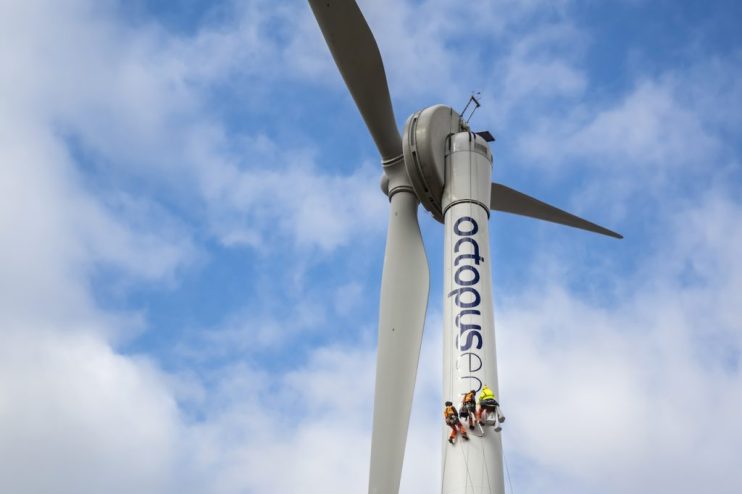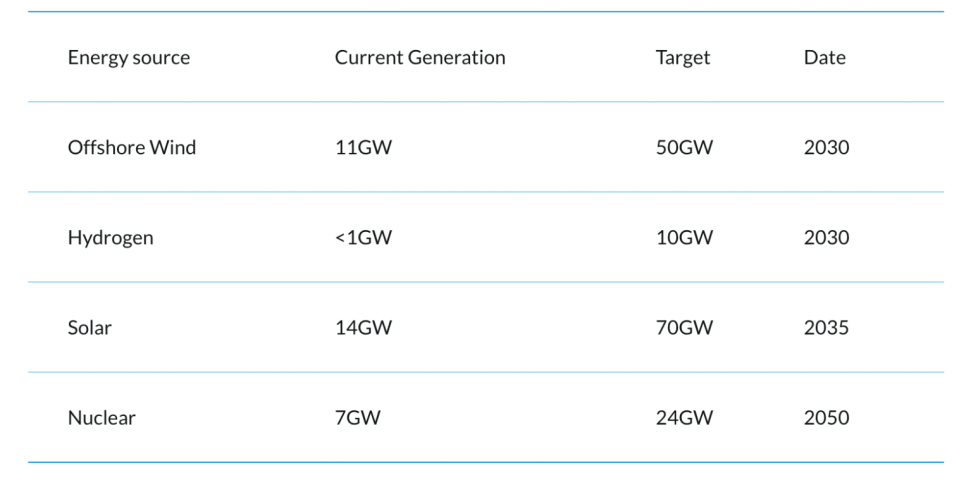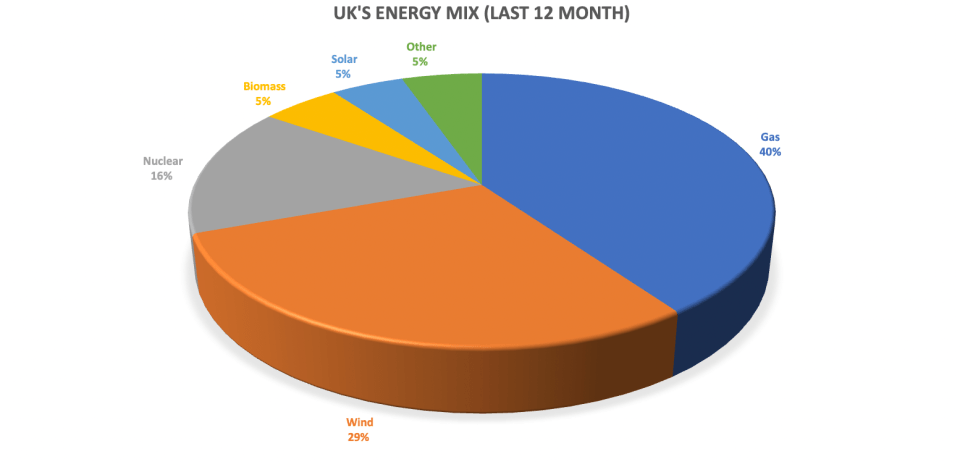Onshore wind is not just about net zero, it’s a vote winner

Pizza, Beyonce, Finding Nemo…
Initially, there isn’t much in common between the Italian culinary staple, international pop star and heart-warming Pixar movie.
Yet, all these beloved cultural assets have lower approval ratings than onshore wind turbines – according to polls from YouGov.
What has a much lower approval rating than any of them is the Conservative Party, with the government over 20 points behind Labour and on course for electoral oblivion in 18 months’ time.
Renewables are the most popular energy source in the country, yet the Tories have persistently caved in to aggressive local campaigns against under-pressure backbenchers, frustrating dozens of new projects.
It is no wonder investment appetite has vanished for onshore wind power, with just two turbines built in England last year, which was not just considerably less than the US, China and the country’s European rivals, but also war-torn Ukraine.
Onshore wind has been a victim of government policy and former Prime Minister’s David Cameron’s crusade against ‘green crap’, which was meant to win over the right of his party and shore up votes drifting to UKIP.
Since then, the sector has fallen into a de-facto moratorium, where restrictive planning laws and intransigent localists effectively veto new developments.

New plans not enough to save onshore wind
Onshore wind generation has remained at around 14GW for the past eight years with no targets in the energy security strategy to ramp up generation, contrasting with the 50GW ambition for offshore wind this decade and 70GW of solar power by 2035.
Downing Street has hoped to change this, but its proposed reforms are unlikely to revive the sector – despite some intelligent ideas such as lowering energy bills for households living near wind turbines.
It is still dithering over a consultation of proposed development reforms, six months after Tory backbencher Simon Clarke put pressure on the government to liberalise construction rules with amendments to key planning legislation.

Trade association Renewable UK has been pushing for all onshore wind applications to be assessed on the same basis as any other infrastructure project.
However, the government is still in favour of councils choosing whether to designate land for developments, and for communities to be able to veto projects through the byzantine planning system.
This might seem superficially reasonable, but research from Dr Rebecca Windemer, senior lecturer in environmental planning at the University of West of England, shows that only 11 per cent of local authorities across England have designated areas for renewable developments in their plans.
Meanwhile, the maximum installed capacity of wind farms granted planning permission between 2016-2021 is just 2.6 per cent of those approved between 2009-2014.
Onshore wind could ease election fears
Despite NIMBY resistance, onshore wind is now a widely popular energy source that, if ramped up, could help drive down bills with cheaper, cleaner power.
Easing the cost-of-living crisis before the electorate go back to the ballot box should be an essential goal of the government, with energy bills still expected to be double pre-crisis levels this coming winter at around £2,000 per year for the average household.
If planning reforms are enacted and confidence restored to the sector, new onshore wind turbines could even be installed ahead of the next election – unlocking billions in private funding that is instead pouring into Europe and the US with their vast subsidy packages.

It even covers two of Prime Minister Rishi Sunak’s five pledges, as lowering energy bills would soften inflation, currently at historically elevated levels of 8.7 per cent, and help the economy grow as households could have more income at their disposal.
Considering the government is prepared to make the politically difficult argument for sustaining oil and gas production, it is damning Sunak cannot make the politically easy decision to revive what should be a burgeoning industry.
This is especially aggravating because if onshore wind can be revived through breaking up planning obstacles – this could even pave the way for progress to boost housing construction and transport.
Labour takes advantage of Tory hesitation
Such an opportunity has not gone unnoticed by Labour, which has managed to fire the first shots against NIMBY-ism last week when opposition leader Keir Starmer unveiled fresh details on Labour’s energy strategy.
Starmer wants to slash development times with planning reforms that would allow regulators to prioritise onshore wind farms as low carbon projects – which would also be used to remove red tape obstructing electricity lines and transport links.
He has also pledged to create a state-backed energy firm GB Energy to push through community energy projects.
With the economy waning and a general public increasingly unimpressed with a party mired in scandals, the Conservatives are staring down a landslide defeat.
If they have any hope of avoiding this fate, then embracing policies that are popular that will improve people’s lives would be a good start.